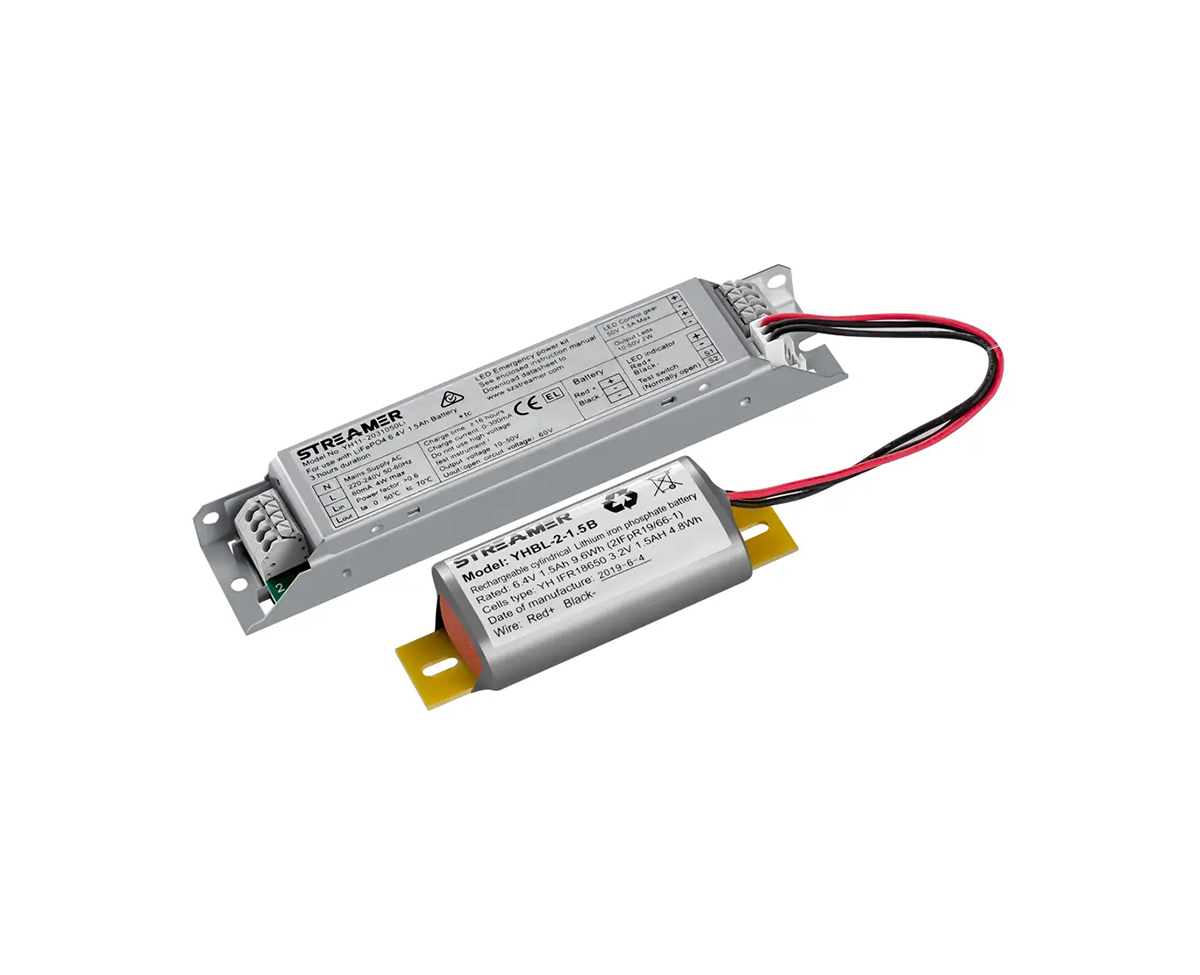 1
1
 Mar 03, 2025
Mar 03, 2025

The integration of fingerprint recognition in LED emergency drivers is a relatively new and innovative feature that adds an extra layer of security and convenience.
In some high - security or specialized applications, such as in certain industrial facilities or sensitive areas, having the ability to control access to the emergency lighting system is crucial. Fingerprint recognition in LED emergency drivers allows only authorized personnel to activate or deactivate the emergency lighting.
The fingerprint recognition module in the driver is typically connected to a microcontroller. When a user places their finger on the fingerprint sensor, the sensor captures the unique pattern of the fingerprint. The microcontroller then compares this pattern with a pre - stored database of authorized fingerprints. If a match is found, the driver can be activated or certain functions can be enabled. For example, in a secure data center, only the facility managers or security personnel with pre - registered fingerprints can start the emergency lighting system during a power outage. This prevents unauthorized activation, which could disrupt normal operations or be a security risk.
Moreover, fingerprint - enabled LED emergency drivers can also be used for monitoring and auditing purposes. The system can log the details of each fingerprint - based access, including the time and date of activation. This information can be useful for tracking who has used the emergency lighting system and in case of any security incidents or investigations.
However, implementing fingerprint recognition in LED emergency drivers also comes with challenges. The fingerprint sensor needs to be reliable and accurate, even in less - than - ideal conditions such as low light or dirty environments. Additionally, the power consumption of the fingerprint recognition module needs to be carefully managed to ensure it does not significantly impact the overall battery life of the emergency driver during extended power outages.